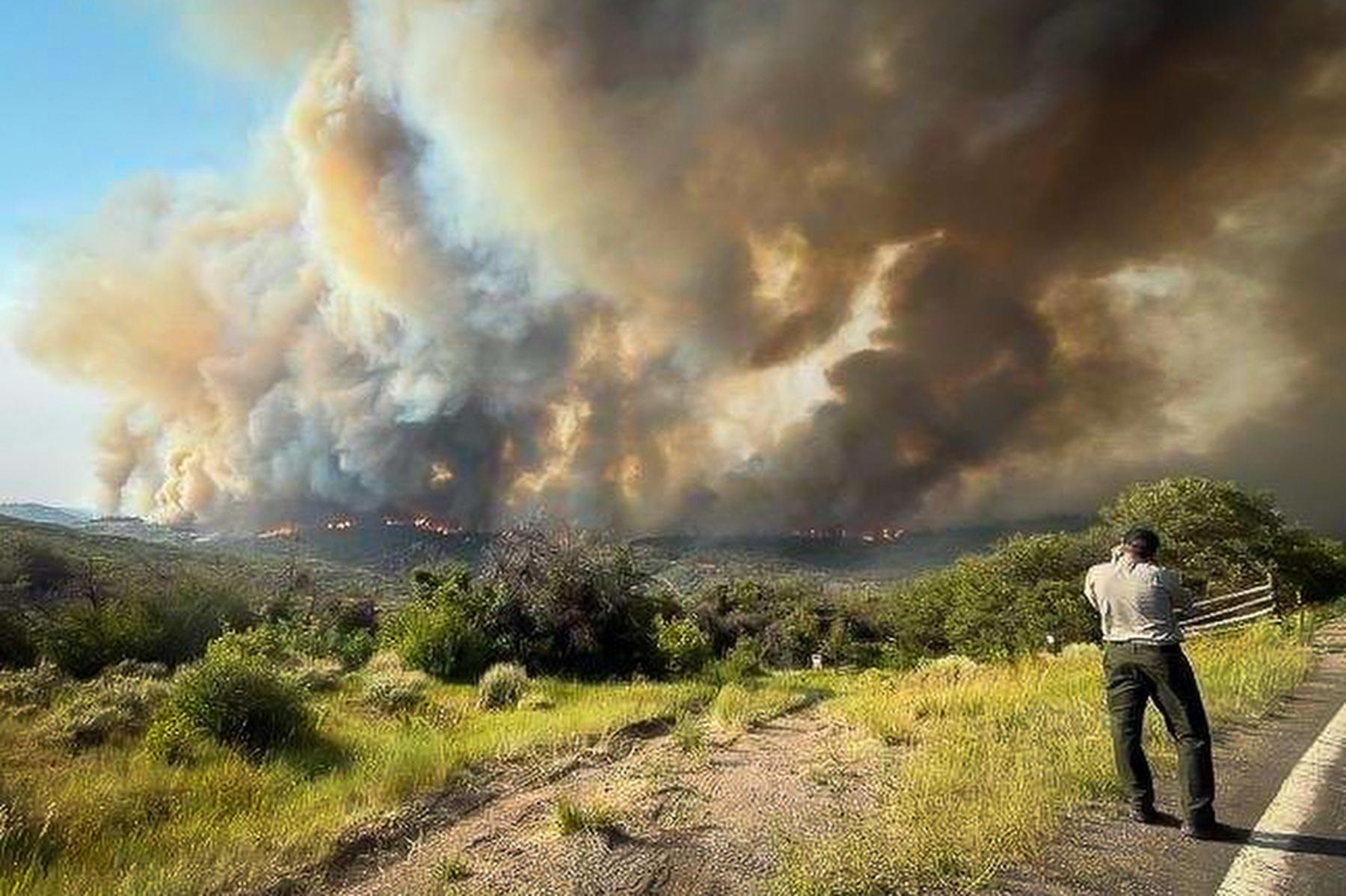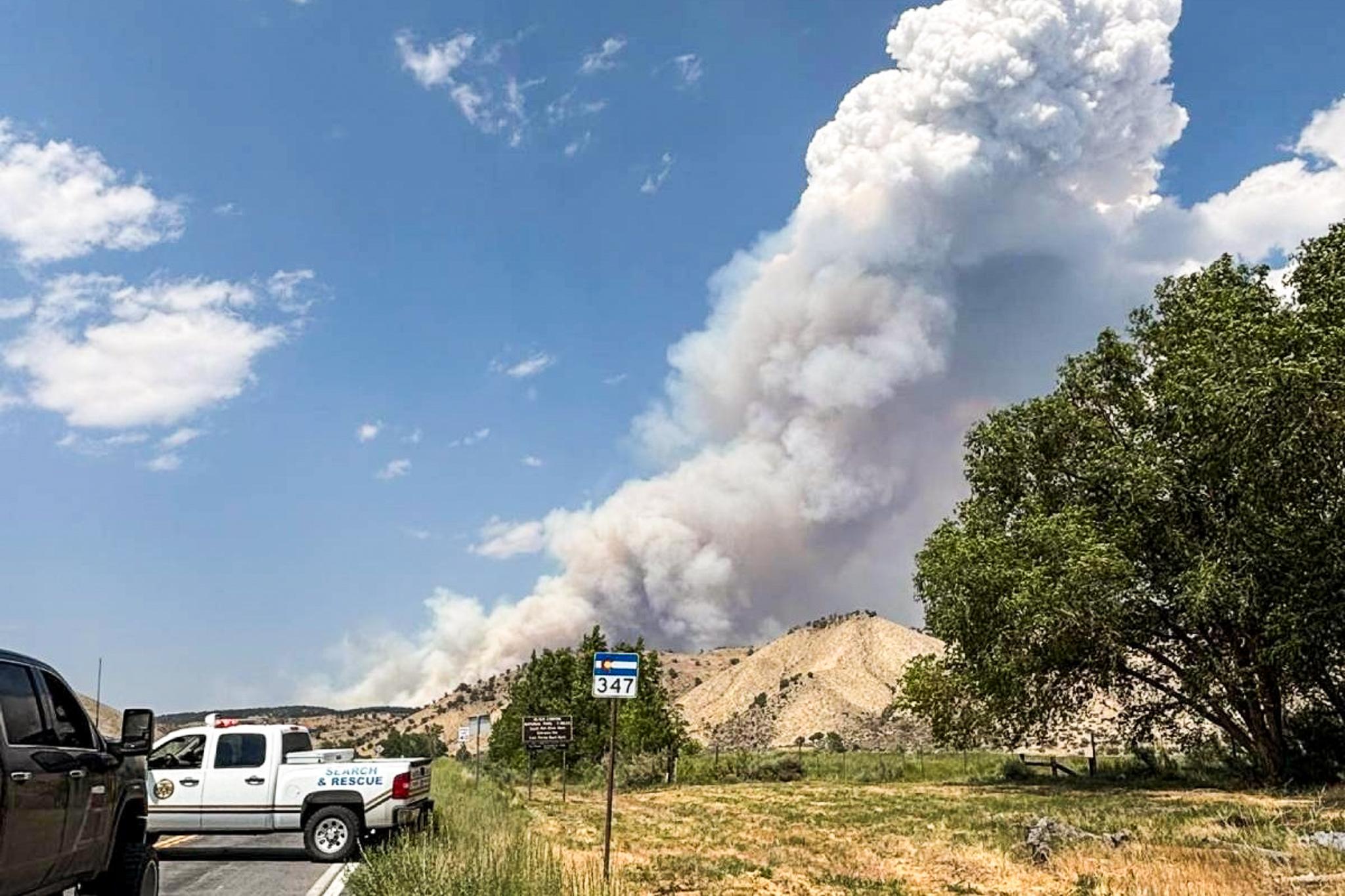A recent study shows megadroughts could become more common throughout the Southwest. The study suggests droughts lasting at least 35 years will become longer and dryer as temperatures continue to rise.
Justin Mankin is one of the authors of the study, which was published in the peer-reviewed journal Science Advances. He says researchers looked at climate models and took into account the differences in precipitation and temperature.
"The tug of war between precipitation and temperature is won by temperature," he said, "and the warming in a business as usual world outpaces any equivocal changes in precipitation."
He also said the result is an increase in the risk of megadroughts by upwards of 90%.
Jason Smerdon, another author of the study, says the findings have great implications for future management strategies.
"Management decisions have to be looked at seriously in terms of what we're doing with water, how we're using it, whether it can be used more efficiently," he said. "All of these things have to be considered in the context of what these risks would imply for their significant impacts on water resources throughout the region."
The study says a significant cut in greenhouse gas emissions could cut megadrought risks nearly in half.







